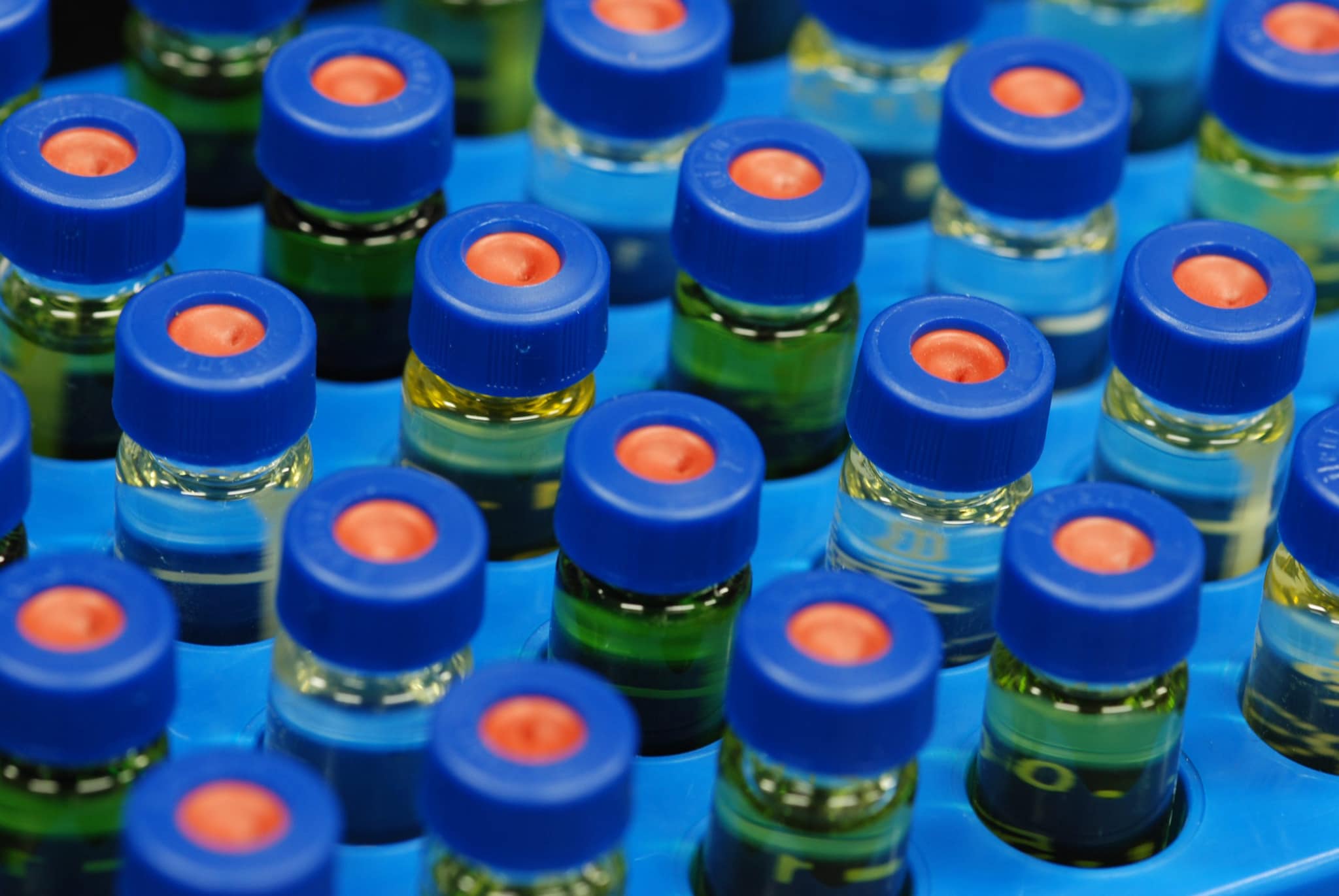At a glance
- The Chemical Threats and Toxins Laboratory supports the nation in public health responses to chemical terrorism, opioids, and other emergencies involving select toxins.
More Information

Overview
CDC maintains 24/7 capability to quickly find and help people at risk of contact with harmful chemicals during a public health emergency. Chemical threat agents can be poisonous vapors, aerosols, liquids, or solids that have toxic effects on people. These chemicals can be naturally occurring in the environment or synthetically produced. Chemical releases can be unintentional, as in the case of an industrial accident, or intentional, as in the case of a terrorist attack. Early detection and accurate identification are critical to enable effective treatment and to prevent additional exposures of chemical threats.
Projects and initiatives
Detecting new and likely threats
CDC develops and performs unique laboratory tests, such as the Rapid Toxic Screen, that assess urine and blood to identify chemical exposures in people during a public health emergency or terrorist event. The Rapid Toxic Screen (RTS) is a series of tests that can detect up to 150 chemical agents in 40 samples within 36 hours of receipt at CDC. After identifying the chemicals causing problems, CDC can measure up to 1,000 patient samples per day during an emergency. Results of the Rapid Toxic Screen help identify which chemicals were used, who was exposed to the chemicals, and how much of a particular chemical their bodies absorbed. This information is critical to medical and public health personnel managing a chemical public health emergency.
CDC maintains 24-7 laboratory response capability and can deploy the Chemical Emergency Response Team within two hours of a request to assist with specimen collection, packaging, storage, and shipment. CDC scientists work with state and local officials to collect samples and transport them to CDC where testing can be done to assess people's exposure to chemical agents.
In addition, CDC works with public health laboratories in states, territories, cities, and counties through the Laboratory Response Network – Chemical (LRN-C) to assist in expanding local laboratory capacity and preparedness for response to chemical threats.
Response to toxins
CDC develops unique, mass spectrometry-based methods to rapidly and accurately detect and diagnose diseases from dangerous toxins and living things that make toxins. CDC has developed specific and sensitive methods for toxins from bacteria, fungi, and algae.
Improving laboratory detection of synthetic opioids in the U.S.
Laboratories have a key role in the response to the opioid overdose epidemic. Successful detection and identification of opioids and other drugs mixed with opioids in clinical, research, and environmental samples largely depend on a testing laboratory's access to reference standards for confirmation.
